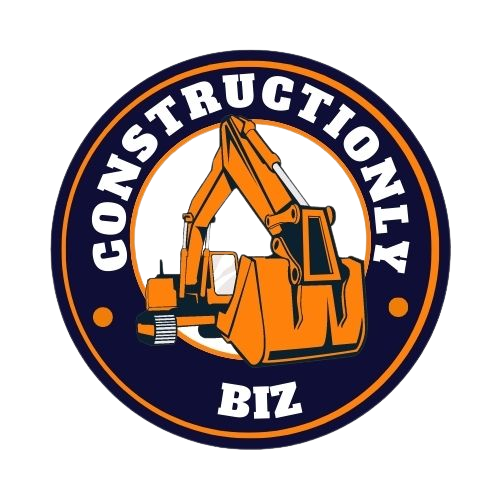In the world of professionals, the ability to create captivating and effective decks is a skill that cannot be underestimated. Whether you’re a business executive delivering a presentation, an architect showcasing design concepts, or a strategist presenting data, mastering the art of deck building is essential for success. This blog post will guide you through the essential techniques and strategies that will elevate your deck-building game and help you leave a lasting impression on your audience.
I. Understanding the Purpose and Audience:
Before diving into the intricacies of deck building, it is crucial to identify the purpose of your deck and understand your target audience. Clearly defining the objective of your presentation will guide your content creation process. Whether you aim to inform, persuade, or inspire, tailoring your deck to the intended outcome is key. Additionally, understanding your audience’s background, interests, and preferences will help you make informed design decisions, ensuring that your deck resonates with them effectively.
II. Structuring Your Deck:
A well-structured deck is the backbone of a successful presentation. It not only enhances clarity but also facilitates the flow of information. Consider establishing a logical hierarchy by using headings, subheadings, and bullet points to organize your content. This visual flow allows your audience to follow your narrative effortlessly, making your key points more memorable.
III. Choosing the Right Visual Elements:
Visual elements play a pivotal role in capturing and retaining your audience’s attention. Selecting appropriate images, charts, and graphs can enhance understanding and engagement. Consistency in visual elements throughout your deck lends a professional touch. Mindful color schemes, font choices, and thoughtfully crafted layouts create a visually appealing and cohesive presentation.
IV. Crafting Engaging Content:
Compelling content is the driving force behind an impactful deck. Conciseness is key – aim to distill complex information into concise, easily digestible points. Utilize storytelling, anecdotes, and real-life examples to make your content relatable and memorable. When presenting data, support your arguments with relevant statistics and research to establish credibility and persuade your audience effectively.
V. Maximizing Visual Impact:
Visual impact is all about creating a lasting impression. Use visuals strategically to convey key messages and evoke emotional responses. Balance is crucial – leverage white space to create a sense of harmony and clarity. Be cautious with visual effects, as excessive use can distract and overwhelm your audience. Remember, simplicity can often be more impactful than complexity.
VI. Balancing Text and Visuals:
Finding the right balance between text and visuals is an art. Avoid overwhelming your audience with excessive text and overcrowding your slides. Instead, opt for concise bullet points and complement them with visually appealing images and graphics. Ensure that your text and visuals work together harmoniously to reinforce your message.
VII. Utilizing Multimedia and Interactive Elements (optional):
To take your deck to the next level, consider incorporating multimedia and interactive elements. Videos, animations, and interactive features can enhance engagement and make your presentation more dynamic. However, exercise caution and ensure that these elements align with your overall message and do not overshadow the content or distract your audience.
VIII. Practicing Effective Delivery:
Even the most well-designed deck requires effective delivery to resonate with your audience. Rehearse your presentation multiple times to ensure a smooth and confident delivery. Pay attention to pacing, intonation, and body language, as they all contribute to your overall impact. Engage your audience through eye contact, interactive questions, and well-timed pauses to create a memorable experience.
Takeaway
Mastering the art of deck building is an invaluable skill for professionals across various fields. By understanding the purpose and audience, structuring your deck effectively, choosing the right visual elements, crafting engaging content, maximizing visual impact, balancing text and visuals








